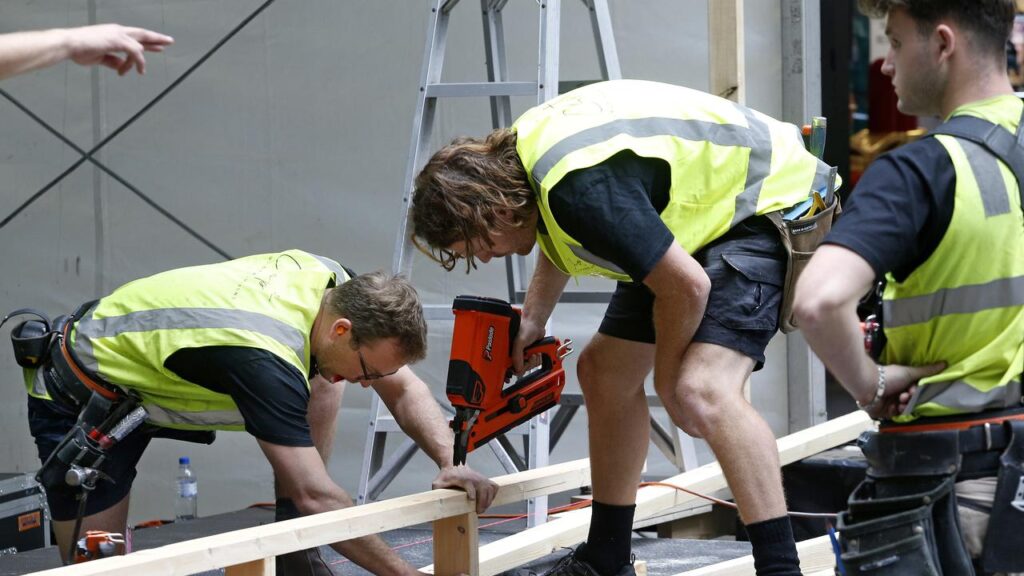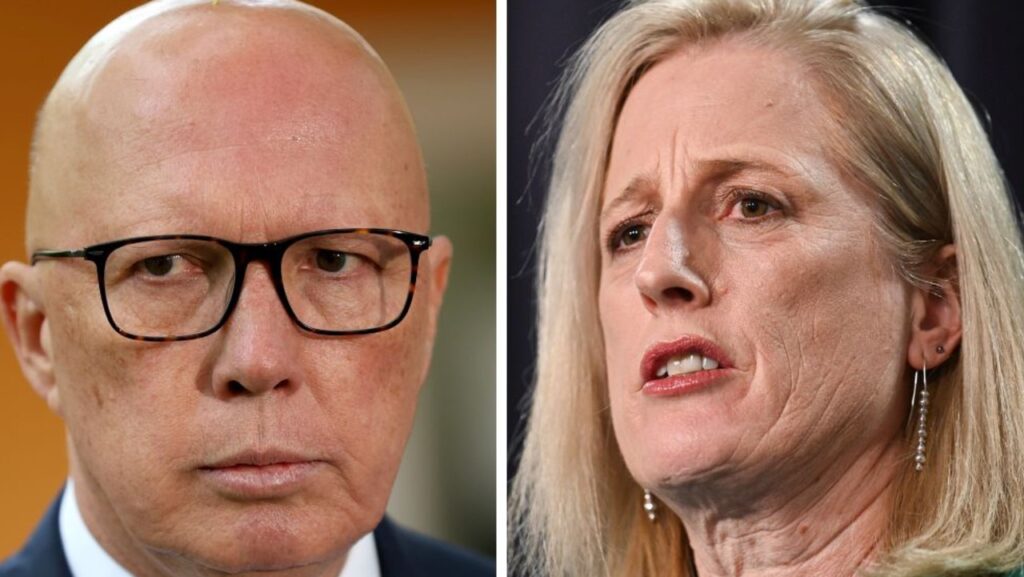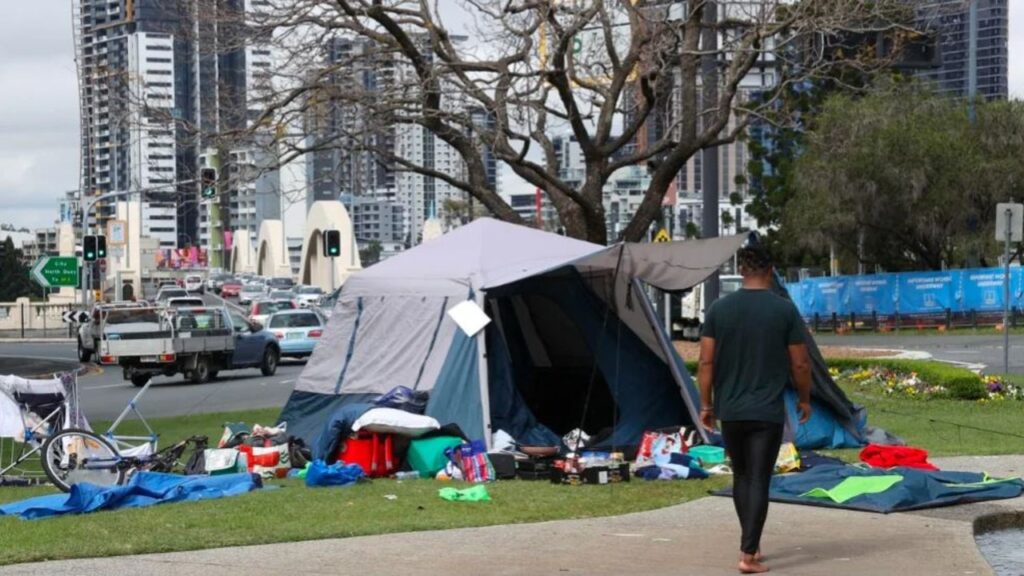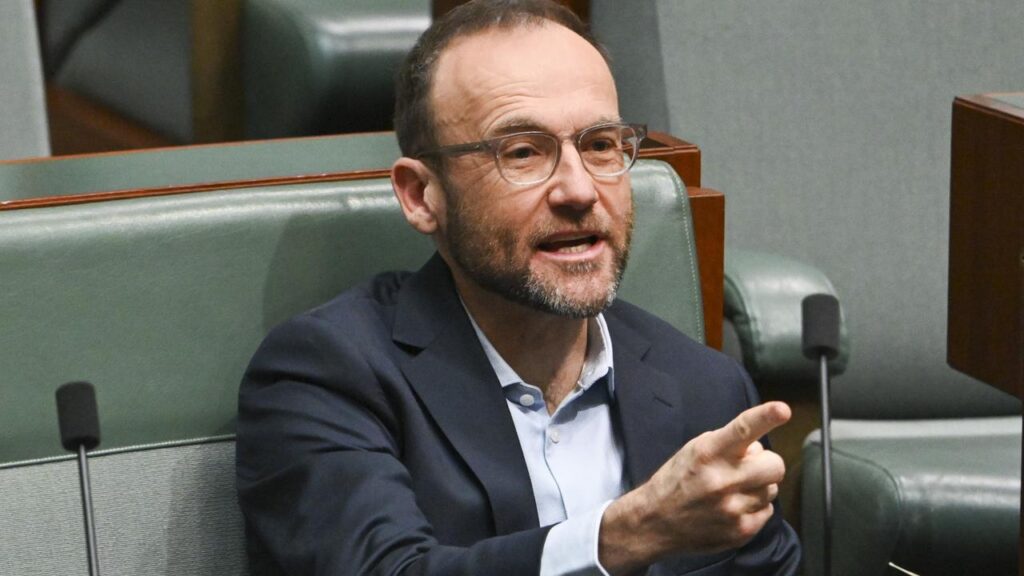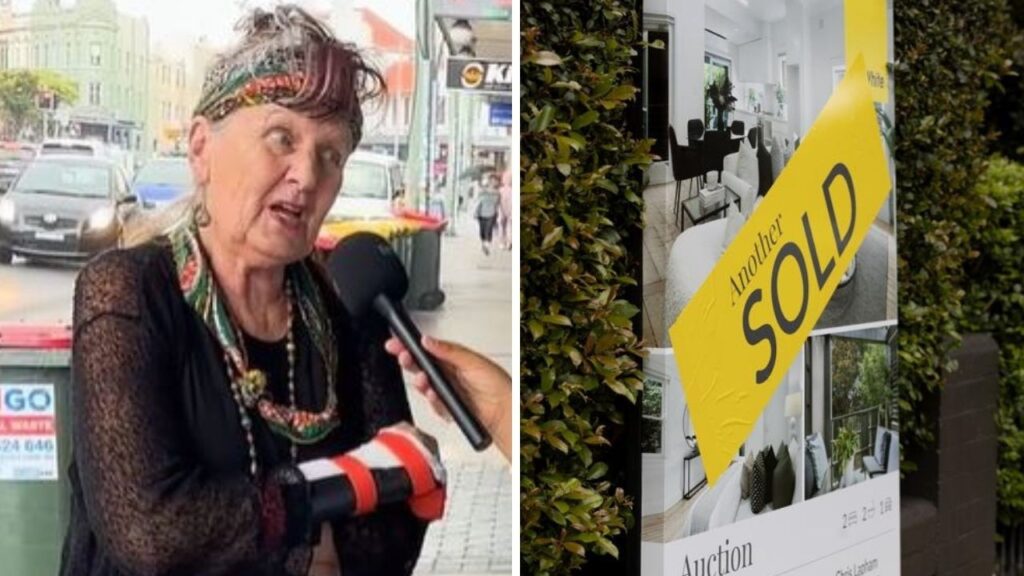Chris Minns makes U-turn on housing as report warns Sydney has no affordable rentals
Written by admin on May 29, 2024
A major component of an ambitious housing plan lauded by experts will be watered down to appease NIMBY councils, despite a new report warning Sydney has virtually no affordable rental properties left.
Late last year, New South Wales Premier Chris Minns unveiled a multi-pronged strategy to deliver an estimated 185,000 new homes across the state over the next 15 years, easing pressure on stretched markets.
Sweeping reforms included creating eight transport-oriented development zones in Sydney, allowing denser dwellings to be built faster and more easily.
In addition, the strategy would see planning controls to be rapidly changed in 31 other locations in the NSW, allowing six-storey unit blocks within 400 metres of a train station.
And on top, in a number of other suburbs, low- and medium- density developments would be permitted within 800 metres of a train or tram station or a town centre.
But reports today reveal the government will backflip on that final element, making major concessions to councils after a furious backlash in some parts of Sydney that were set to be affected.
The Sydney Morning Herald obtained a “policy refinement paper” showing several types of land will no longer be subject to the low- and mid-rise permissions.
Broadly speaking, areas deemed to be ‘general residential’ in central Sydney and across the inner-west won’t see mid-rise apartment buildings under the revisions.
Housing affordability advocacy group Sydney YIMBY, which stands for ‘Yes In My Backyard’ and is a counter to the NIMBY movement, described the shock U-turn as “ridiculous”.
The group’s chairman Justin Simon said it was inevitable the watered down policy would lead to fewer new homes being built.
Mr Simon told the SMH that Mr Minns “needs to stand behind … policies that will help essential workers live near their jobs and build more walkable communities”.
“Half-measures and appeasement aren’t going to get this done,” he told the newspaper.
In the unreleased paper, the government insisted the backflip wouldn’t impede the ability to reach the mega housing target.
“This estimate is conservative and factors in that key policy refinements will be made to remove inappropriate outcomes,” it read, according to the SMH.
The revelations coincided with today’s release of a damning new report from real estate economics firm PropTrack, warning Australian capital cities have virtually run out of affordable rental properties.
“Affordable rental options are vanishing across the country, with the number of rental properties available for under $400 a week hitting a new record low in April,” PropTrack senior economist Eleanor Creagh said.
Before the onset of the Covid pandemic in early 2020, more than 43 per cent of all leased homes across the country cost $400 per week or less – a measure deemed to represent affordability.
“That figure has plummeted to just 10.4 per cent [at a national level], which is a third lower than this time last year,” Ms Creagh.
But in capital cities, just 5.9 per cent of rented dwellings are affordable – a proportion so small that it bordered on negligible.
Things are particularly dire in the New South Wales capital.
At the start of the pandemic, one in five house rentals in Sydney cost less than $400 per week – that figure is now one in 50, or 3.8 per cent, Ms Creagh said.
In Melbourne, one in 25 house rentals – just seven per cent – now cost less than $400 per week.
Canberra has the tiniest proportion of rentals deemed affordable, with just 2.1 per cent of houses and units costing $400 per week or less.
The notoriously stretched Perth market fares only slightly better, with 5.6 per cent of all dwellings deemed affordable.
“The imbalance between rental demand and supply has seen rental properties listed under $400 drop across all markets except Darwin,” Mr Creagh said.
Rental vacancy rates, which indicate the proportion of all leased homes that are currently available on the market, are sitting at near-record lows.
In April, the vacancy rate was 1.2 per cent in Sydney, 1.1 per cent in Melbourne, and 1.0 per cent in Brisbane. Perth and Adelaide are in particularly grim scenarios, with a rate of just 0.6 per cent each.
Economists generally view a figure of three per cent to be a sign of a balanced rental market.
“Near record-low vacancy rates, reflecting strong demand and limited new supply, has created exceptionally challenging conditions for renters,” Ms Creagh said.
“This is particularly problematic for lower income households for whom almost no rental properties are affordable, highlighting the critical need for an increase in the supply of housing.
More Coverage
“Without any meaningful action to improve rental supply we can expect to see this trend remain and price increases endure.”
The PropTrack reports showed regional Australia has also been hit by a collapse of rental affordability, with just 16.3 per cent per cent of houses in non-city markets priced under $400 per week, Ms Creagh said.
Regional Western Australia had the smallest proportion at 14.8 per cent, followed by regional Queensland at 15.8 per cent and regional New South Wales at 21.5 per cent.
Read related topics:Sydney

